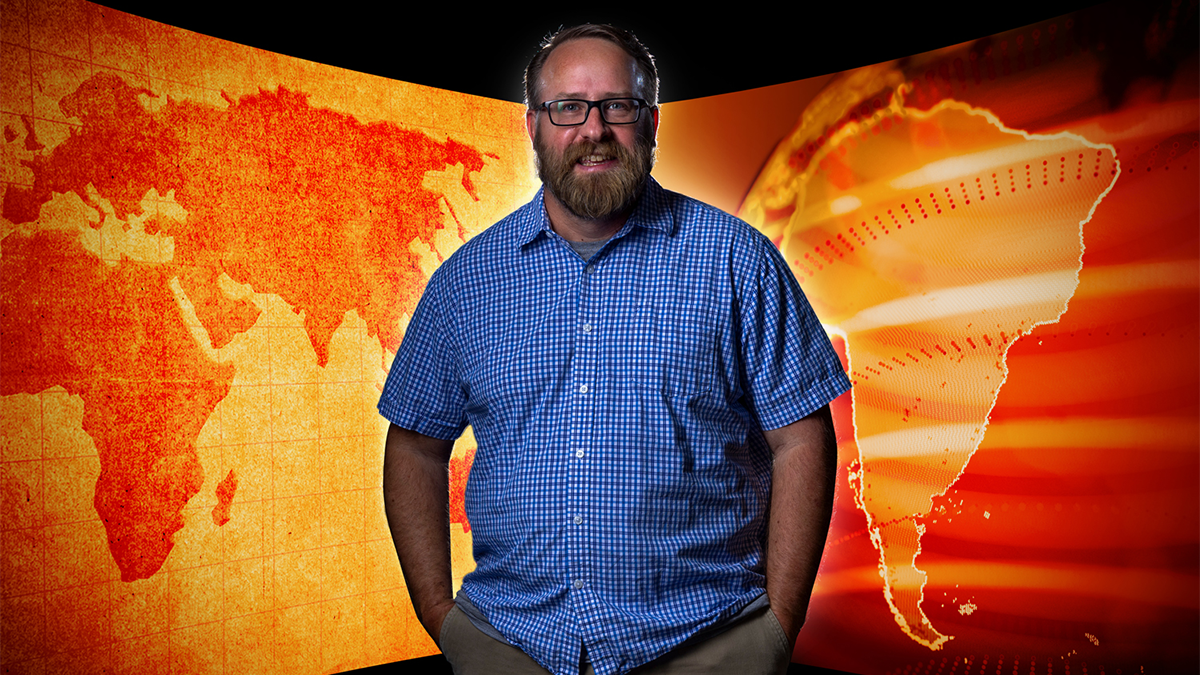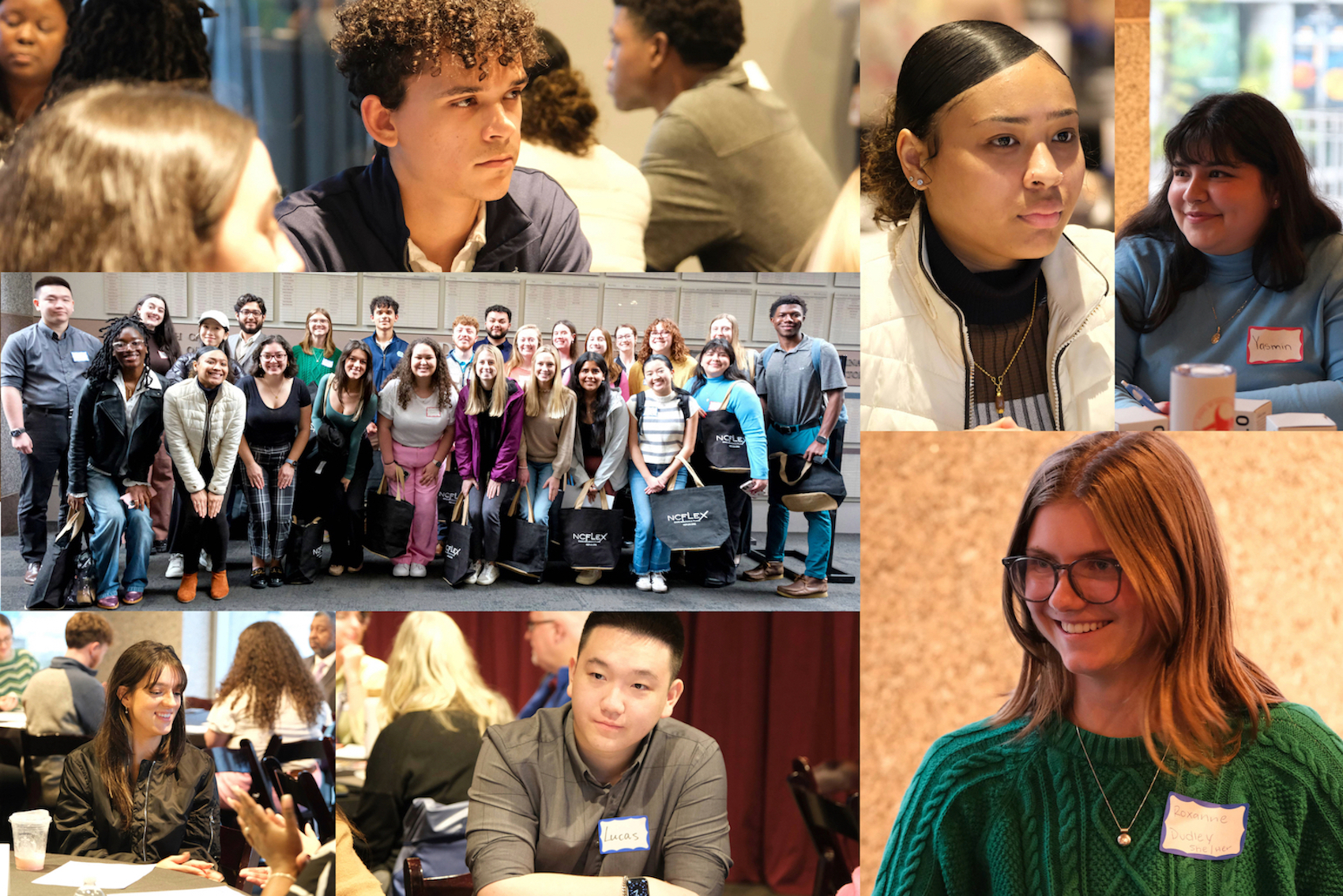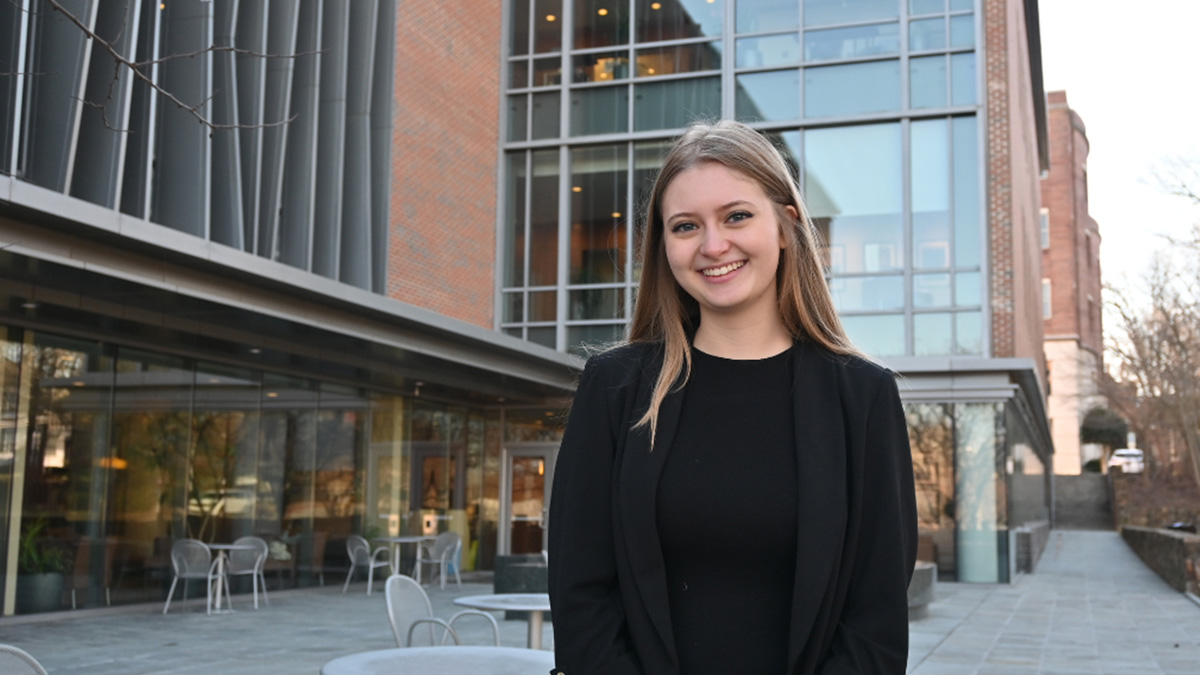Geographer tracks climate-driven migration
Using publicly available data, Clark Gray unpacks the complexities of displacements caused by extreme environmental conditions.

Climate-driven migration is human movement caused by environmental factors such as droughts, floods, wildfires or sea-level rise. World Bank’s 2021 Groundswell report details that climate change could cause up to 216 million people to move within or between countries by 2025. Conditions like water scarcity, low crop yields, heat stress and extreme weather events are likely to displace an increasing number of people from rural and coastal areas to urban areas, according to the report.
This type of migration happens everywhere, including the United States. But people living in the Global South near the equator are disproportionately affected by climate-related migration. That’s the focus of the research done by Clark Gray, professor in the College of Arts and Sciences’ geography department.
Most of Gray’s work takes place at a desk, on a computer. He uses massive online databases to address critical topics about the implications of climate change for human life. When people want to know how their health, food supply or livelihoods might be affected, Gray can point to the data.
“I have these really cool data and tools that allow me to answer big questions people are asking,” he says.
Forging connections
Among the many misconceptions about how climate affects human movement and migration is the general fear of mass displacement of people from low- to high-income countries. Gray’s findings show instead that most people move domestically — if at all. They face such huge economic and legal barriers that expensive international moves are often unfeasible.
“I worry more about the people who are stuck,” Gray admits.
He finds it difficult — if not impossible — to separate climate migrants and refugees from the rest of the migrant population. In fact, he and his colleagues avoid the terms “climate migrant” or “climate refugee.” Both groups are part of the same flow of people, following routes that have been carved by generations of migrants before them.
It’s all connected, according to Gray. For example, a farmer working in an area that has become subject to drought might move to a bigger city within their country to seek other economic opportunities.
Gray’s work is helping to unpack some of the complexities associated with migration, especially now that he can now access publicly available data collected by other researchers.
“It’s possible to do a lot more now than we ever could before,” he says.
Molding the data
Organizations like the U.S. Agency for International Development, the World Bank and national statistical agencies all have accessible databases that include household surveys and structured interviews. Participants have often reported on income, health, governmental aid, environmental changes and other human- and geography-related topics.
Gray manages and analyzes public data by writing thousands of lines of code to organize the information for analysis. He then examines different environmental factors and their potential connection to outcomes like human migration.
“It’s like fresh human knowledge just waiting to be unlocked,” he says. “It’s a bit like exploring the wilderness: We can choose where to go, and we don’t know what we’re going to find.”
Data science research like Gray’s is critical for addressing climate change. People want to know how they will be impacted. By combining survey and environmental data, Gray draws cause-and-effect relationships that provide clarity and push policy change — work made easier thanks to the incredible support and resources at UNC-Chapel Hill.
“At UNC, I have always been able to find like-minded scholars who care deeply about the drivers and consequences of environmental change and also about supporting each other,” Gray shares. “It is working with these folks that is the most fun and exciting part of being a faculty member.”







